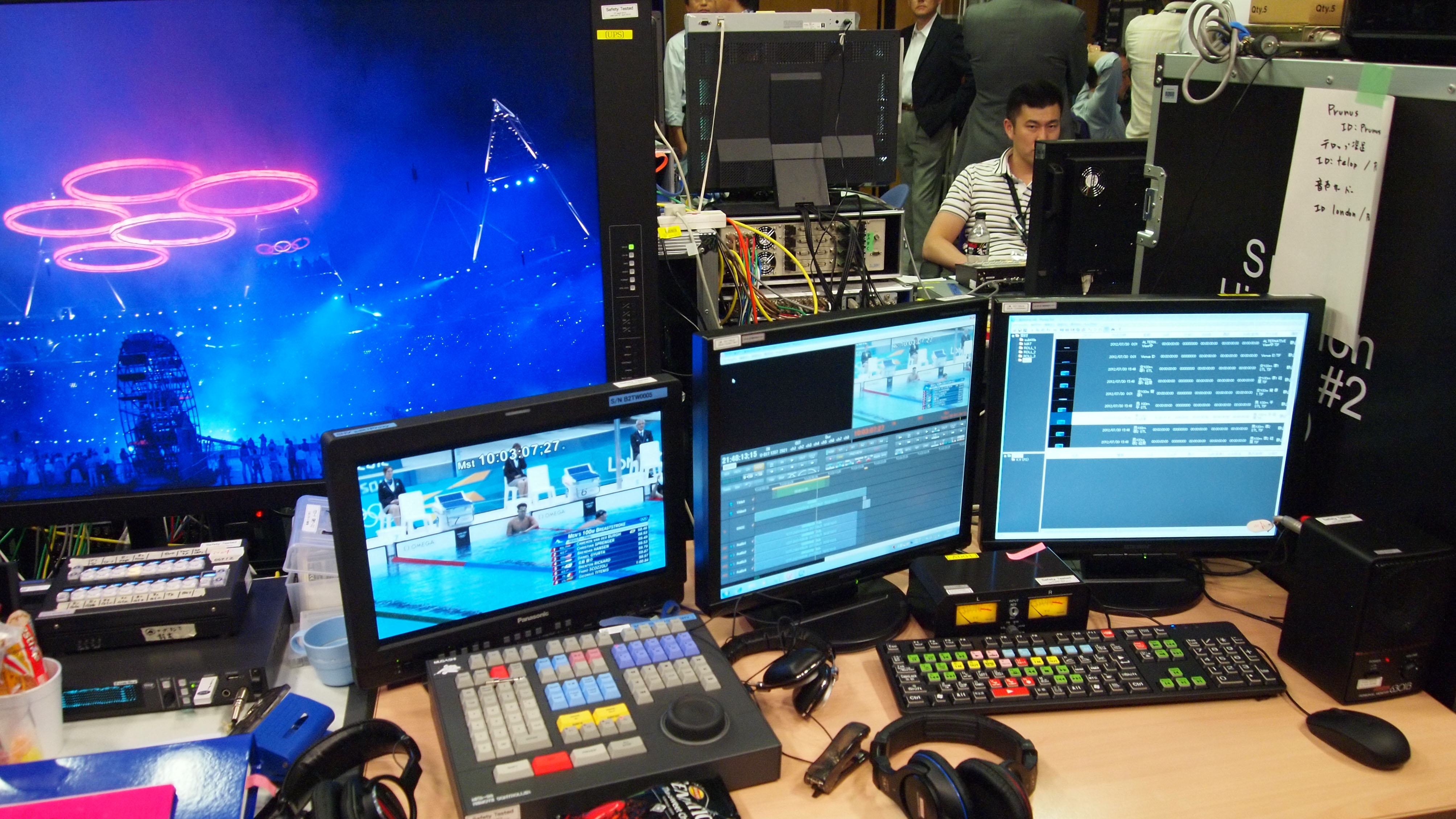
Forget going to live Olympic events, the tickets you really wanted during the London 2012 Olympic Games were to the first public demonstrations of Super Hi Vision, the futuristic TV technology developed by Japanese state broadcaster NHK.
We've had out eyeballs rewired by Super Hi-Vision (SHV), and now fear nothing will ever look quite the same again. The ultra hi-def format delivers pictures 16x as dense as Full HD.
That's 33 million pixels, compared to 2m. Even cutting-edge 4K digital cinemas stall at 8m. Super Hi Vision is, quite simply, TV ripped from the future.
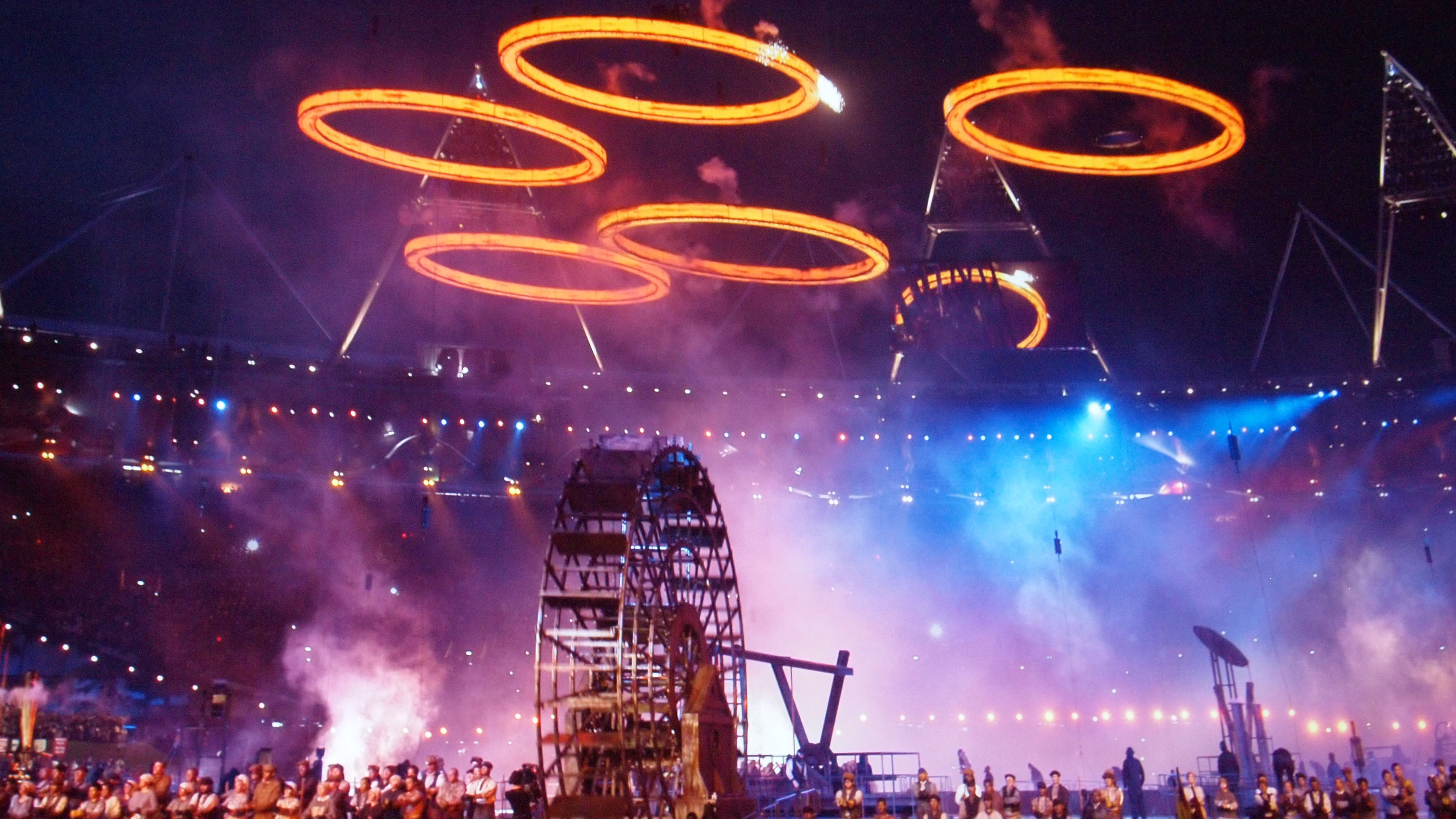
“This advanced television system gives an unrivalled sense of presence,” says Dr Keiichi Kubota, NHK's Executive DG of Engineering, “it enables a viewing experience that is as close to reality as possible.” That's an understatement. In some ways, Super Hi Vision is better than reality (few eyeballs can match the clarity and depth-of-field of an 8K camera).
A sizzle reel of Opening Ceremony highlights shot in SHV offers jaw dropping detail. Presented on the huge BBC Radio Theatre screen, with a 22.2 sound system, we were mesmerised by Super Hi Vision's imagery. Olympic cast members, just shapes in Full HD, snapped into focus. Super Hi-Vision may offer 16x the resolution of today's best hi-def, but the experience is more than mathematical – it's actually emotional. “I feel exactly the same way,” agrees Dr Kubota. “It's not at all like watching regular HD at all…”
But can such a data-hogging TV system ever become a broadcast reality? The man from NHK says it can – it's just a matter problem solving. “Our next challenge is to develop compression technology, so that these rich images can be sent around the world by satellite and through fibre optic networks. We also have to develop new transmission technology, so that the compressed signal can then be squeezed into terrestrial and satellite channels.” Dr Kubota doesn't rule out the possibility of streaming 8K SHV on the internet either.
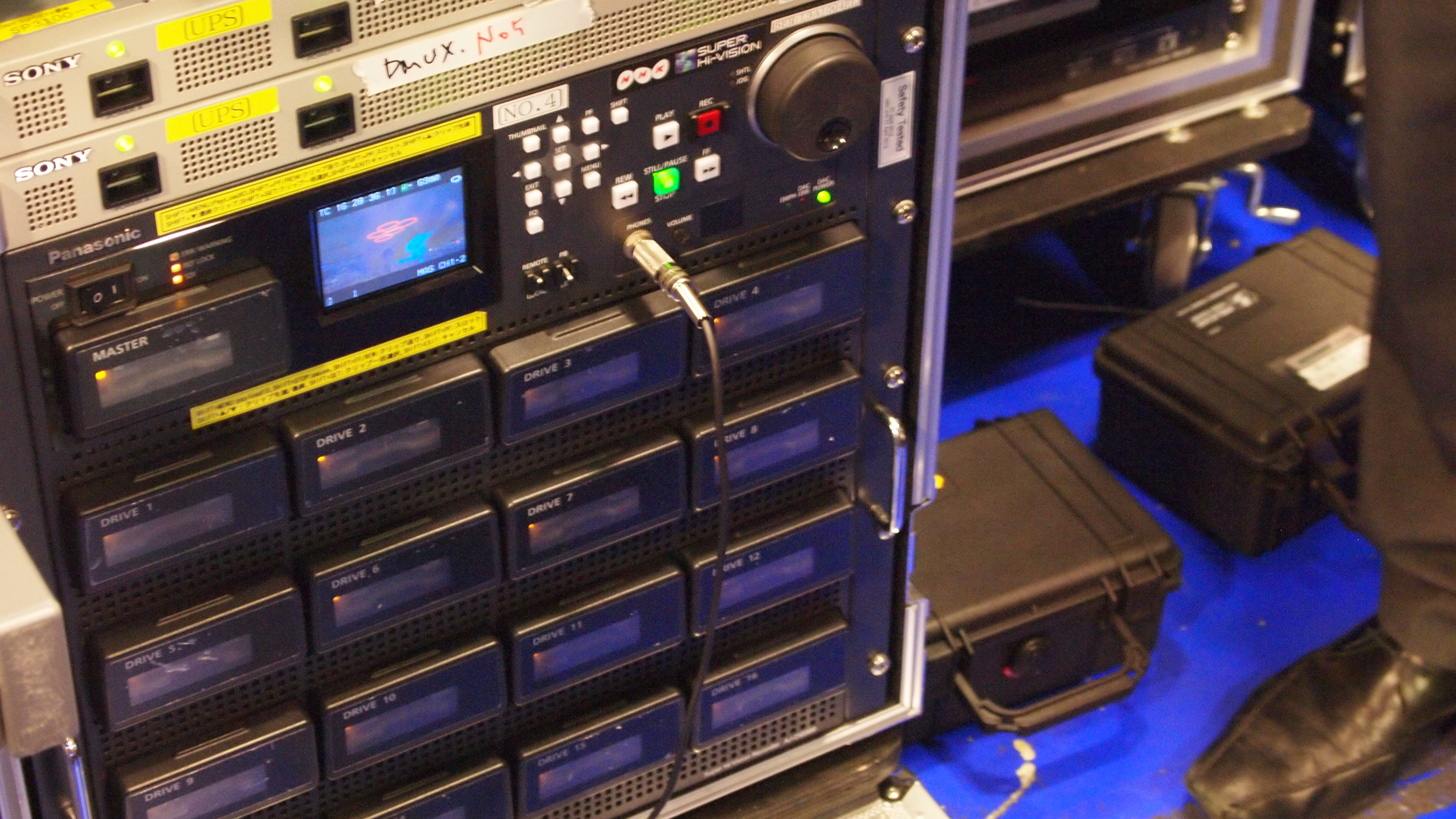
A target date of 2020 has been set for Super Hi-Vision trials in Japan, but Dr Kubota believes that will come forward, such is the rate of development: “We have proved that the equipment is already reliable enough for programme production. Should Tokyo secure the 2020 Games, then there will be added impetus to make things happen faster. Broadcast technology tends to be developed in parallel with the Olympic Games.”
Get all the latest news, reviews, deals and buying guides on gorgeous tech, home and active products from the T3 experts
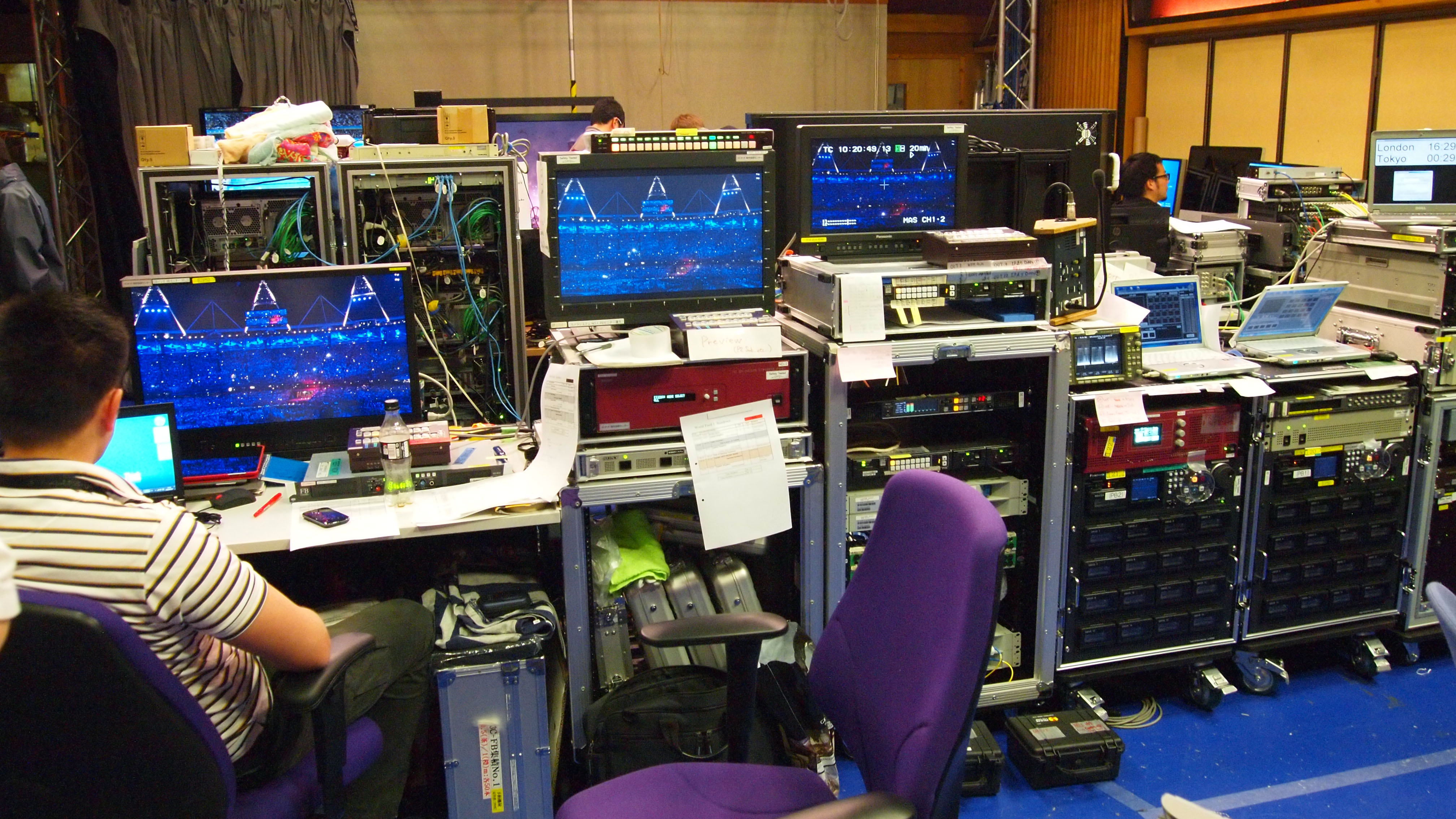
Of course, you'll need a massive TV to benefit from Super Hi-Vision broadcasts. “Between 70- and 80-inches would be a minimum, Panasonic has developed a 145-inch plasma” suggests Dr Kubota. If that's too much, you could always go to the cinema. “We believe it will become a standard for moviemaking as well. 8K SHV offers much higher picture quality than 4K.”
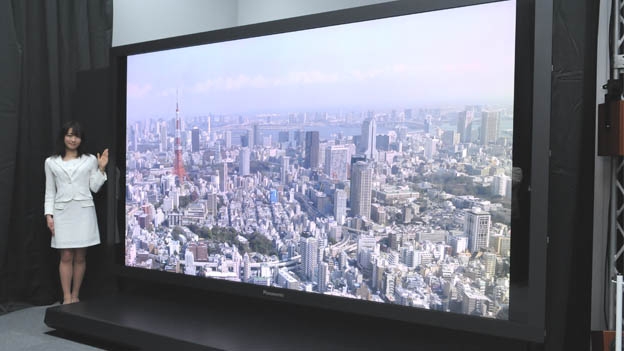
For over 25 years, Steve has been casting his keen eyes and ears over the best that the world of TV and audio has to offer. He was the creator of Home Cinema Choice magazine, and contributes to huge range of technology, home and music titles along with T3, including TechRadar, Louder, Ideal Home, the i newspaper, and more.

